Procedures for importing, leasing and liquidating used machinery and equipment
 |
| Customs officers guide businesses procedures. Photo: H. Nu |
An export processing enterprise in Ha Nam province is looking forward to being consulted by Customs on the procedures for importing used machines into Vietnam. According tothe enterprise, it must apply for a certificate of conformity inspection, but due to dissembling of machines for easy transportation in containers, the enterprise faces difficulty in explaining to Customs. At the same time, the import of used equipment or technology requires an inspection certificate. To facilitate production activities, the enterpriseexpects to be guided on distinguishing between new, old and used machines and determining when machinery and technology must be made synchronously and notes for procedures to open the import declaration of machinery and technology?
In this regard, Ha Nam Ninh Customs said the import of use machinery, equipment and technology complies with Decision No. 18/2019/QD-TTg dated April 19, 2019. If the firm imports machinery and equipment as synchronous technology lines, a combination of machinery and transports them in a disassembled form, before importing the first shipment, the enterprise must registeralist of machinery and equipment as prescribed in Article 7 of Circular 14/2015 / TT-BTC at the Customs branch where the procedures are carried out. Ha Nam Customs Branch receives, monitors and subtracts each importation.
In addition, upon import of first shipment, the enterprise must submit an inspection certificate attached to the customs dossier, issued by a foreign inspection agency for the eligibility for import regulations in Article 5 of Decision 18. Accordingly, the regulations are: “1. Used machinery and equipment must have been manufactured based on standards: a) which conform with national technical standards on safety, energy saving and environment protection; b) in the absence of national technical standards on imported technology, the technology must have been manufactured based on standards which conform with Vietnam’s national standards or the national technical standards of one of G7 countries or South Korea on safety, energy saving and environment protection. 2. In terms of remaining capacity/efficiency, used technology for production must attain 85% or more of designed capacity. 3. Consumption of materials and energy should not exceed the designed usage by more than 15%. 4. Technology of the imported technology line should not be listed as a prohibited/ restricted transfer described in Government’s Decree No. 76/2018/ND-CP dated May 15, 2018 detailing and guiding the implementation of some articles of Law on technology transfer. 5 Technology of the imported technology line must be used in at least three factories in countries of the Organization for Economic Co-operation and Development (OECD).
The Customs branch where customs procedures are carried out will base on the inspection certificate and documents to conduct customs clearance for each import. When import of goods in the monitoring sheet is completed, customs will confirm that all goods in the list have been imported and give a copy to the enterprise and inspect goods that obtained customs clearance.
When the enterprise imports used single machinery and equipment, before importing the first shipment, the firm must registers the list of details and discrete parts of machinery, equipment in Article 8 of Circular 14 / 2015 / TT-BTC at the Customs branch where customs procedures are carried out. After that, Customs will receive, monitor and subtract for each import.
In addition, when importing the first shipment, the enterprise will submit a customs dossier with the inspection certificate of the foreign inspection agency for eligibility for import conditions in Article 6 of Decision 18 / 2019 / QD-TTg. Customs shall work based on the inspection certificate and documents to carry out customs clearance for each import, and when the import of goods in the monitoring sheet is completed, customs will confirm that all goods in this list have been imported and give a copy to the enterprise and inspect goods that obtained customs clearance.
Is the export processing enterprise allowed to liquidate machinery and equipment? What are the types of declaration and corresponding procedure for domestic liquidation and liquidation abroad?
Ha Nam Ninh Customs Department said that machinery, equipment, means of transport, materials and other import goods belonging to the enterprise’s ownership are liquidated in the following forms: export, consumption, donation and destruction in Vietnam, the enterprise is required to open an export declaration under customs regime B11.
If the goods are sold and donated in the domestic market, the firm is allowed to select the customs regime of use purpose change and register new customs declaration (customs regime A42). The tax calculation is based on taxable value, tax rate and exchange rate at the time of registering the declaration for use purpose change, the consumption and donation of these goods in the Vietnamese market will not go through customs procedures.
If the processing enterprise selects the customs regime of on-spot import and export (A42); the domestic enterprise carries out on-spot import (A12) and pay taxes per regulations. At the implementation of on-spot import and export procedures, the management policy for import and export goods is not applied except for those goods subject to conditional management or specialized inspection which have not been carried out from the first import; goods subject to management by permit must be approved by the import permit issuing agency in document form.
For tools and supplies, firms should note what are the tools and supplies and distinguishing between tools, supplies and material and raw materials.
Article 26 of Circular 200/2014/TT-BTC stipulates that tools and supplies are labour materials not satisfying requirements pertaining to value and use time prescribed in the regulations of fixed assets and recorded in account 153. According to regulations, labour materials valued < VND 30,000,000 and have useful life ≤ one year, are classified as tools and supplies. Tools and supplies do not directly engage in a product's manufacturing process. The enterprise’s accounting unit determines tools and supplies account 153 and raw materials account 152.
Raw materials are objects of labour allocated, purchased by the enterprise to serve the production process to create products. Raw materials will change in morphology and not retain the original state when put into production. Raw materials are directly involved in the product’s manufacturing process and their value is directly transferred into the products.
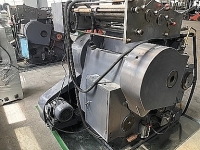 | Checking the case of regular importing used machines VCN – The General Department of Vietnam Customs has requested provincial Customs Departments check the case of ... |
There are imported goods upon their use purpose is determined as tools and supplies or raw materials. For example: imported chemicals, if they are imported for grinding machines, grinding needles for sewing machines to produce garments, and do not participate directly in the product, they are considered tools and supplies. But if the imported chemicals are used to make shoes and footwear adhesives, which directly contribute to the product, they are considered raw materials. The determination of tools, supplies or materials is made by the accounting unit.
Related News

Promoting agricultural exports to the Japanese market
13:55 | 22/12/2024 Import-Export
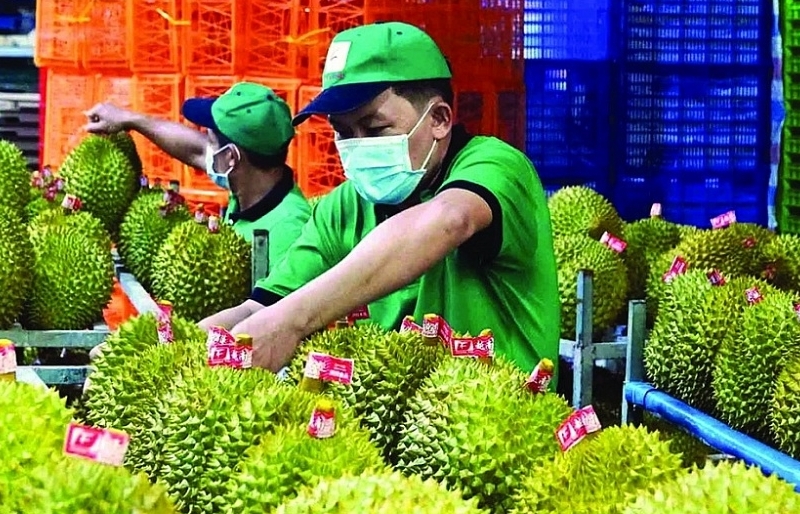
Paving the way for Vietnamese agricultural products in China
11:08 | 26/12/2024 Import-Export

Increasing consumption demand, steel enterprises face many opportunities
11:08 | 23/12/2024 Import-Export
Latest News
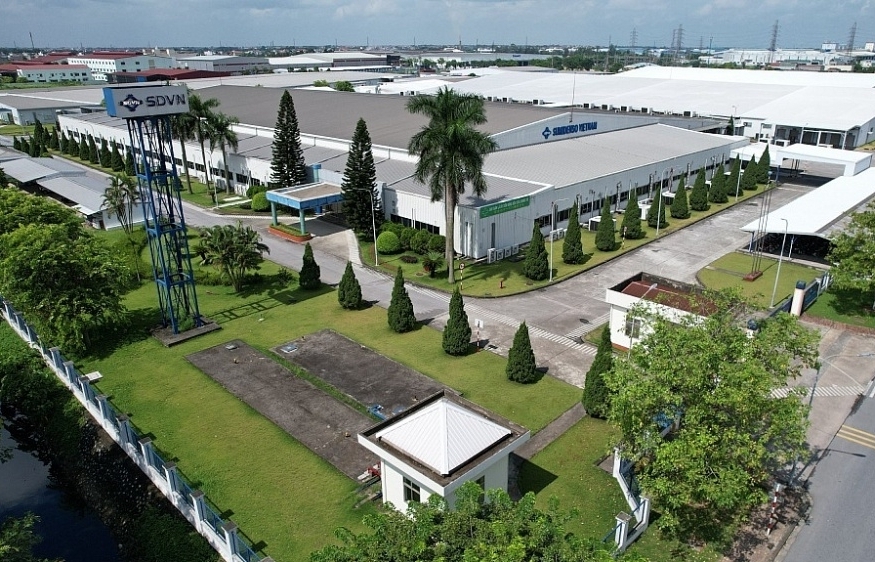
Proposal to reduce 30% of land rent in 2024
14:58 | 25/12/2024 Regulations
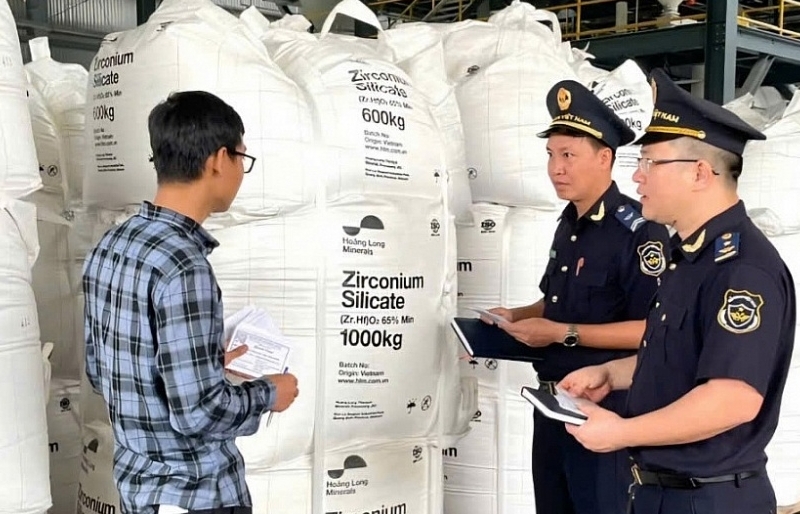
Resolve problems related to tax procedures and policies for businesses
13:54 | 22/12/2024 Regulations
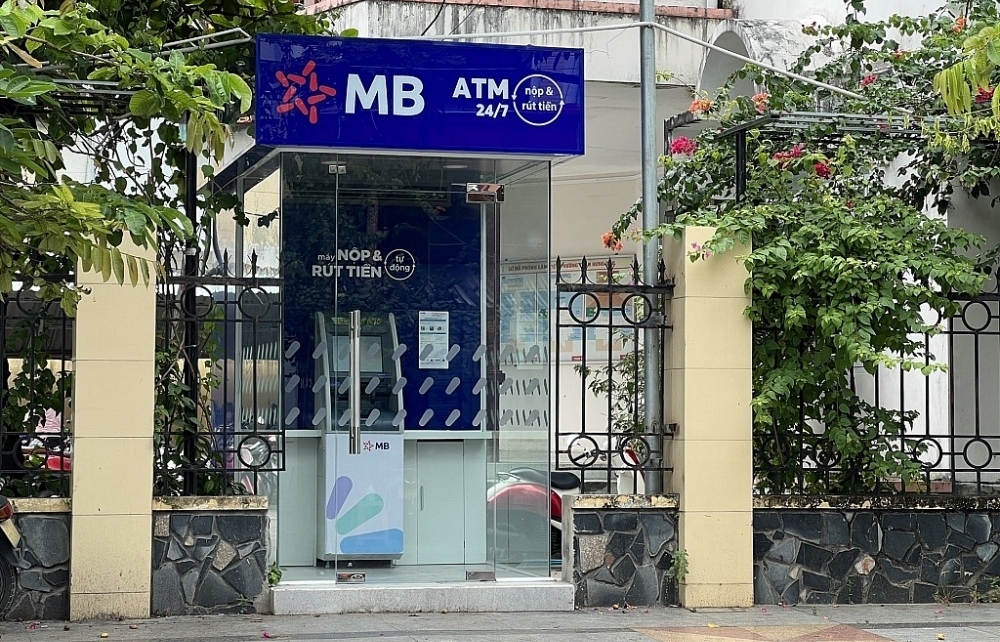
New regulations on procurement, exploitation, and leasing of public assets
09:17 | 15/12/2024 Regulations

Actively listening to the voice of the business community
09:39 | 12/12/2024 Customs
More News
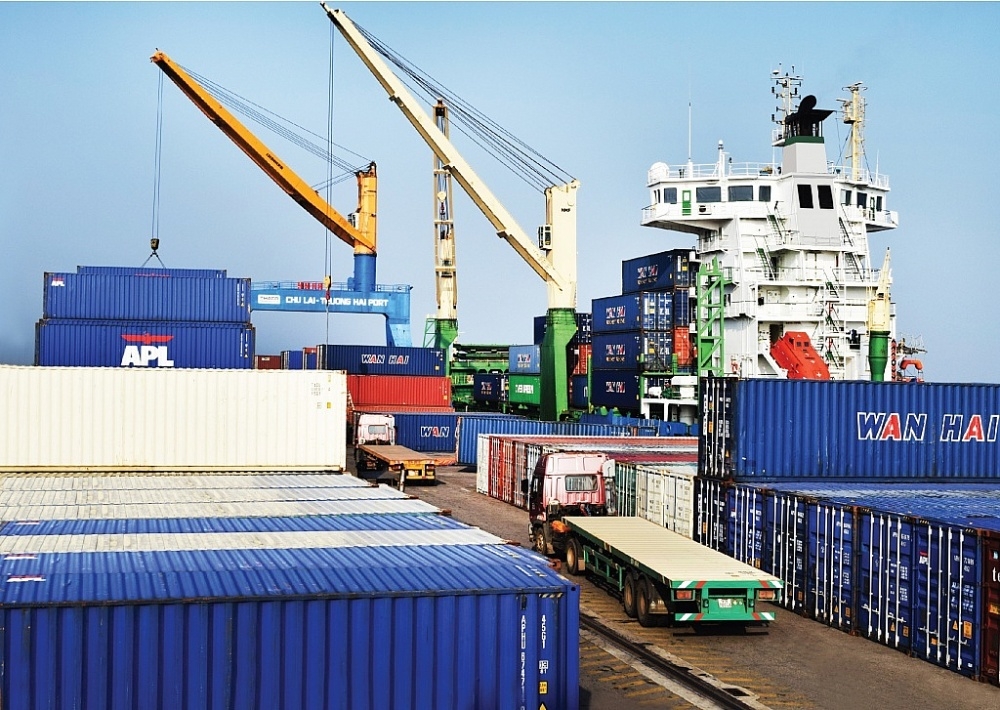
Step up negotiations on customs commitments within the FTA framework
09:44 | 08/12/2024 Regulations
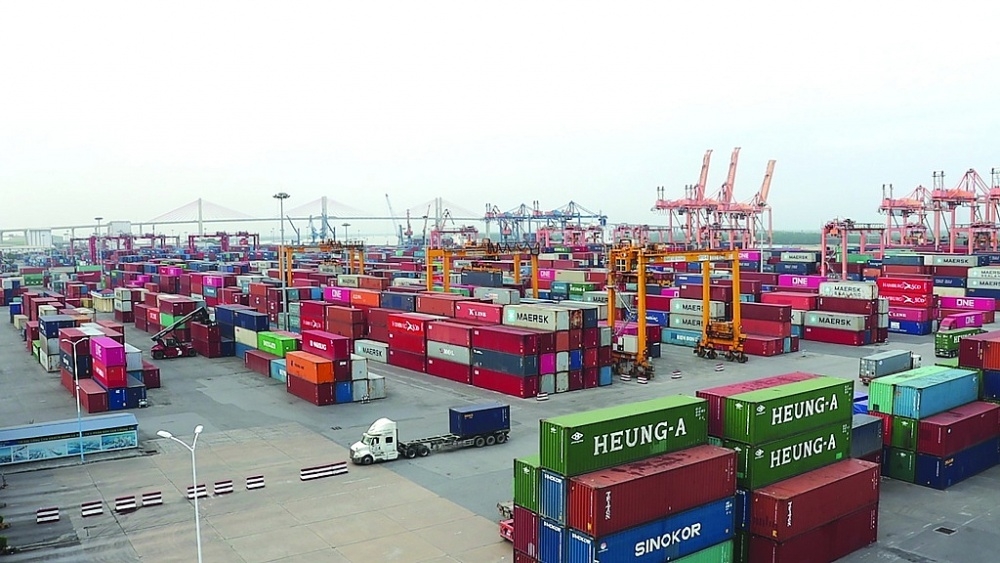
Proposal to amend regulations on goods circulation
13:45 | 06/12/2024 Regulations
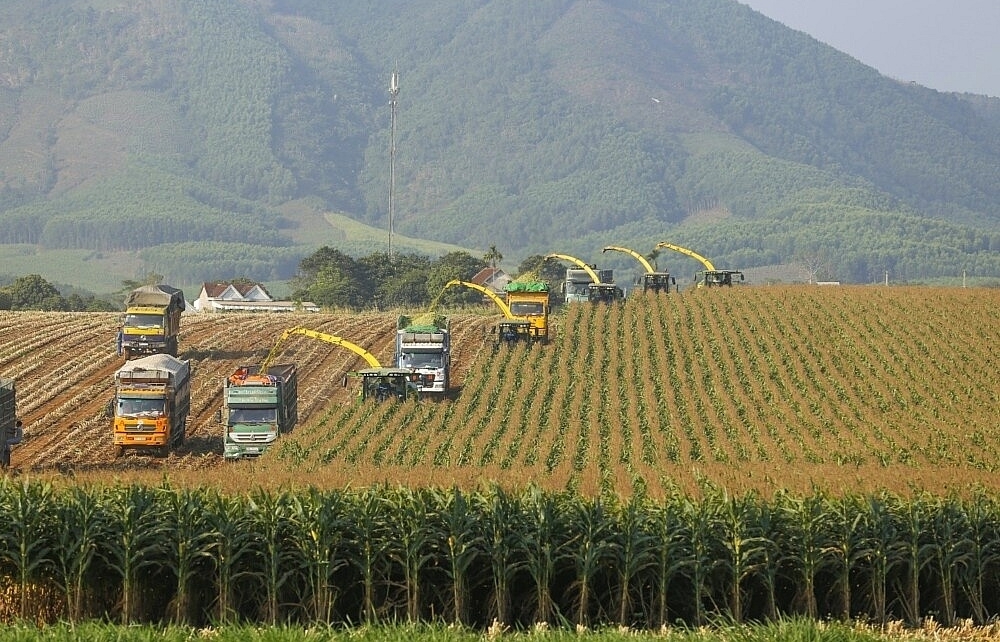
Review of VAT exemptions for imported machinery and equipment
10:31 | 05/12/2024 Regulations
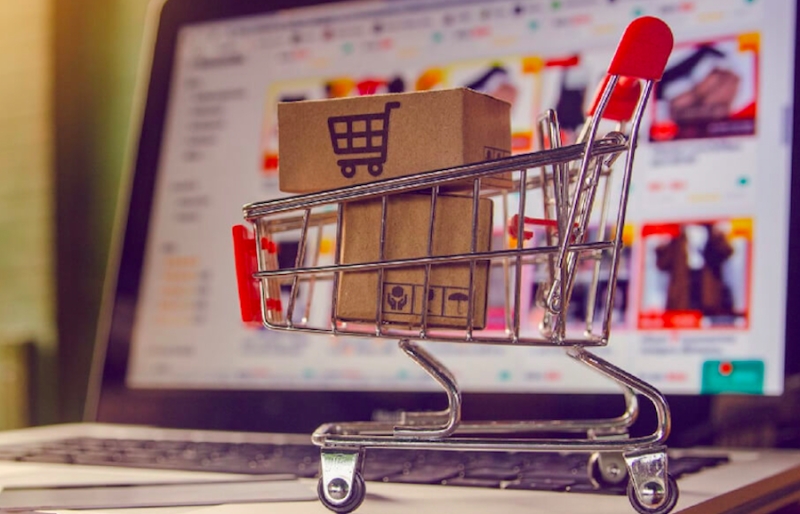
Customs tightens oversight on e-commerce imports
13:39 | 04/12/2024 Regulations
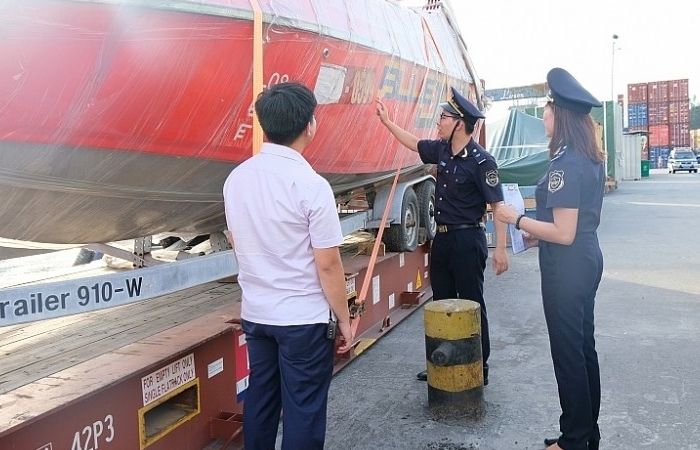
Bringing practical experience into customs management policy
13:48 | 03/12/2024 Regulations

Businesses anticipate new policies on customs procedures and supervision
15:41 | 29/11/2024 Regulations

Do exported foods need iodine supplementation?
11:06 | 29/11/2024 Regulations
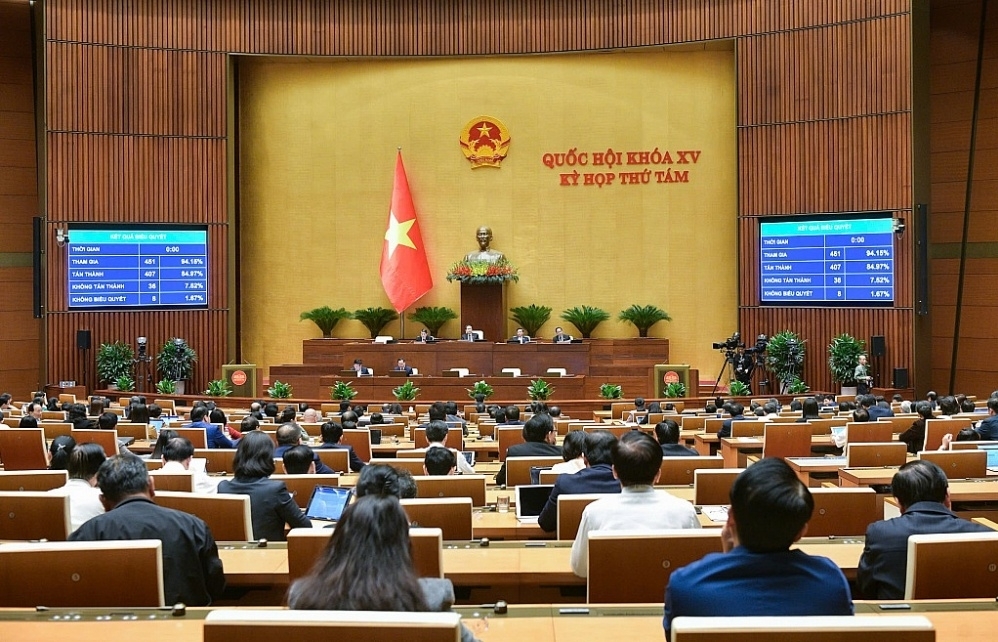
Amendments to the Value-Added Tax Law passed: Fertilizers to be taxed at 5%
13:43 | 28/11/2024 Regulations

Proposal to change the application time of new regulations on construction materials import
08:52 | 26/11/2024 Regulations
Your care

Proposal to reduce 30% of land rent in 2024
14:58 | 25/12/2024 Regulations

Resolve problems related to tax procedures and policies for businesses
13:54 | 22/12/2024 Regulations

New regulations on procurement, exploitation, and leasing of public assets
09:17 | 15/12/2024 Regulations

Actively listening to the voice of the business community
09:39 | 12/12/2024 Customs

Step up negotiations on customs commitments within the FTA framework
09:44 | 08/12/2024 Regulations
